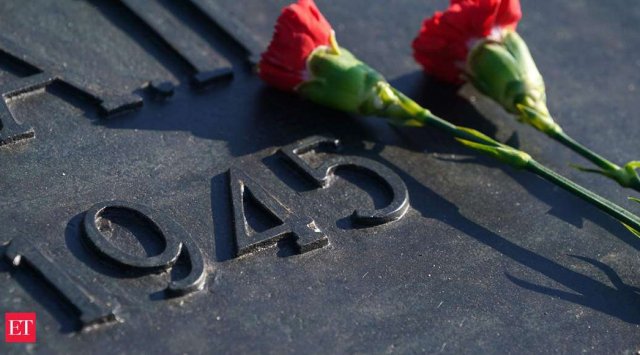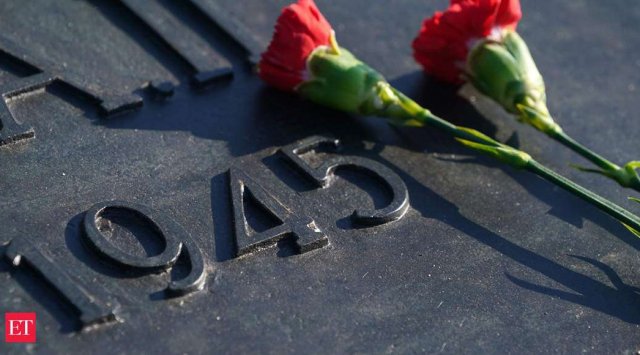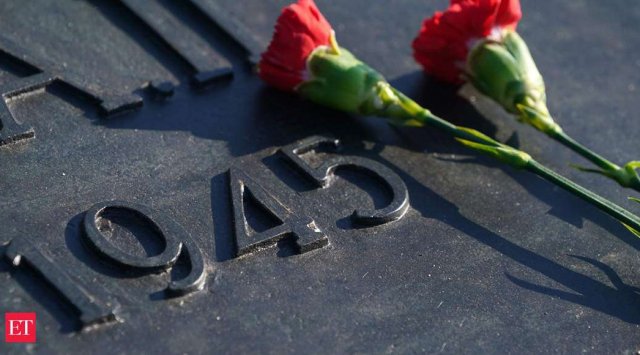«History of the region»: The end of the World War II. Part 5

Ruslan Kulepanov, the member of the Institute of history, archeology and ethnography of the Far East: « Very intense fights took place near Dalnerechensk. The last center of resistance was defeated there on August 25th. Tragic events followed those fights. Many Japanese women and children had to fight alongside the soldiers in order to win. Soviet aviation was bombing the houses. The biggest part of the Japanese army could not continue fighting anymore but another problem for the Soviet command was Japanese suicide snipers».
The defeat of Japan also marked the end of inhumain oppression of the indigenous people living on the occupied lands. The outcomes of those events still echo when it comes to the Chinese-Japanese and Korean-Japanese relations. Besides the Far East, Hong-Kong, Malaysia, the Philippines, Burma and some islands of the Pacific ocean were also freed from the Japanese occupation. Soviet Union’s victory brought peace and independence to asian people.
Ruslan Kulepanov, the member of the Institute of history, archeology and ethnography of the Far East: «Many military crimes, Nanjing Massacre, as well as shocking episodes like burying Chinese soldiers alive, burning or executing them. Some actions of the Japanese army were quite alike with the actions of the Nazis during the war».
News source: www.vestiprim.ru
Similar news
Add a comment
Last program
-

First year medical university students are studying medicine’s bases
- «Vest: Primorye. Interview»: Primorye residents consume more fish than other residents of Russia
- 13 young specialists started working in outpatient clinics and policlinics of Primorye
- «The Pulse. Healthy Primorye»: feldshers and nurses
- Mysterious Dersu cliff attracts tourists from all over the world
- «The Pulse». The main hospital of Pozharskii area

 Russian (Русский)
Russian (Русский) Chinese (中文)
Chinese (中文)


